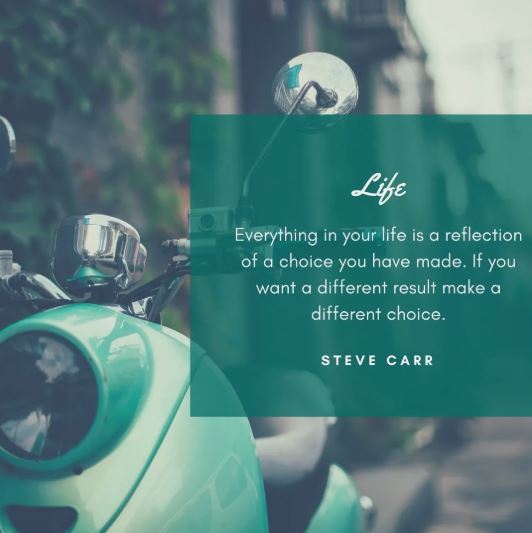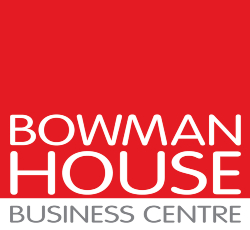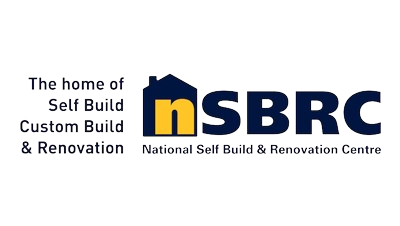In case you missed it see what’s in this section
Let's Talk

Transformation In The Workplace & Mental Health
What Is Transformation? and Why It’s Sometime So Difficult To Start.
Over the last three years you may have been witness to one of the biggest life transformations, that transformation was my own.
When life is good it’s great, I’m sure you’ll agree, and for many of us it is, and currently I feel life really couldn’t get any better, maybe only if I was sitting on a beach somewhere hot, then it might get ever so slightly better.
It hasn’t always been this way though, oh no.
I grew up on a rough council estate in Swindon, there was always some kind of drama, drink, drugs, people’s houses being burgled, muggings, you get the picture.
I didn’t want this type of life, I wanted to be a somebody, to do something with my life.
It wasn’t until I was 39 that I eventually broke away from the hedonistic life I was leading, I had to undergo a complete transformation, I just didn’t know how or even where to start.
If I may, I would like to explain how I eventually managed my transformation from a mess to a success, and how I now use these methods with my clients, wether that’s one to one or corporate.
Have you ever heard the famous quote by Jim Rohn ‘Your life doesn’t get better by chance, it gets better by change’? well, in my opinion, this is pretty accurate.
First of all we need to understand what transformation is and what types there are.
Knowing which type of change you are undergoing is critical to your success.
A very common reason for failure in change is we inadvertently use approaches that do not fit the type of change we want.
I believe there are 3 types of change,
Developmental Change.
Transitional Change.
Transformational Change.
Let’s take a look at Developmental Change first.
Developmental change is the simplest type of change: it improves what you are currently doing rather than creates something new.
Transitional change replaces “what is” with something completely new. This requires designing and implementing a “new state.”
This requires you to dismantle and emotionally let go of the old way of operating while the new state is being put into place.
Transformational Change.
Transformation, however, is far more challenging for two distinct reasons. First, the future state is unknown when you begin, and is determined through trial and error as new information is gathered.
This makes it impossible to “manage” transformation with pre-determined, time-bound and linear project plans. You can have an over-arching change strategy, but the actual change process literally must “emerge” as you go.
This means that you will be operating in the unknown—that scary, unpredictable place where stress skyrockets and emotions run high.
New mindsets and behaviors are required for true transformations to happen, and this is going to take time time and continual effort.
Erasing or replacing the old mindset isn’t something that happens over night, oh no, and don’t be fooled by the ‘quick fix’ merchants peddling snake oil online.
What Behaviour Do We Want to Change?
In order to effectively change behaviour, both psychology and common sense (and it has been argued that they are at times one and the same thing!) tell us that it is useful to know first of all the difference between the nature of the desired behaviour change and the intended outcome of the adoptive behaviour. For example, using the example of losing weight cited in Sarafino’s text, “the behaviour involves i) what and how much people eat and ii) how much physical exercise they get – not how much they weigh, which is the outcome of their behaviour”. He warns that focussing on the outcome may lead an engineer of change to miss or misuse a behaviour that he or she wants to address.
A great example of this was my own need for change, what was it that inspired my change?, what was the catalyst?, and what keeps me motivated to keep this change continuing?
First of all let’s look at ‘What inspired me?’
The day after my final suicide attempt I recalled all the good times I had ever had, yes, as many as I could, and they were great memories. I remember having money, I remember having a nice car, a nice house, things and friends I valued, and I wanted it back. This was my inspiration, it was also my motivation, and still is to this day.
I have a goal, and I’m focussed on it every day, I will be more successful than I was before, and I will have more of everything that matters in my life, there is a reward to my efforts, and it’s how is humans are programmed, we thrive on rewards.
The catalyst for change was hitting rock bottom, I had no material possessions, no family, no friends, nothing, and the pain of remaining the same outweighed the pain of changing, I didn't know was on the other side of change, but it had to be better than where I was at the time.
Many people say ‘I need to change’, everyone says we must change, yet very few accomplish it. I believe it has to with the fact that people see change as this grandiose task, rather than a series of continuous and intentional tiny moments, changed habits and evolved behaviors.
Change requires a new set of behaviours, and that if behaviors are made up of habits, habits are built through a set of routines.
These routines define who we are and who we are becoming.
But we need to be realistic, research shows we are only able to replace three habits at a time. And it all starts with identifying what behavior you want to change and then asking a very painful question; what habit are you willing to give up in order to develop a new one?
- Develop a hypothesis of what needs to happen to reach a goal (e.g. Run a marathon, learn a new language).
- Identify which habits can get in the way and impede the goal from becoming a reality. We all have our immunity to change, excuses we make up in our minds based on our own beliefs systems. Becoming aware of these will help in the process of replacing habits.
- Select the three habits to replace and which three new habits will replace them. Being very specific about the behavior (actions) behind the habit is key. A good example would be that if the goal is to spend less checking less email, then a new behavior would be to delete the email App from the mobile device. This would help create a new habit, most likely it will take 21 days, about not constantly checking email on at least one device.
These are just examples of change.
Ask yourself “how do I want to be”? It is a great place to begin identifying habits to replace.
I use these and many other techniques with my clients when they require change, and we are able to work together to achieve there goals, there’s no quick fix, and it’s not an overnight process, I don’t sell short lived dreams, I help my clients accomplish life changing results.
You have choices, and if you’re finding it difficult to know where to start, what with and how, I’m going to simplify the process for you, contact me and let’s wirk on a plan and strategy that suits you.
Weather in Swindon
Listings



















